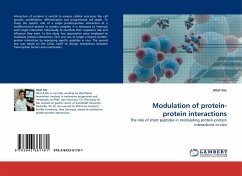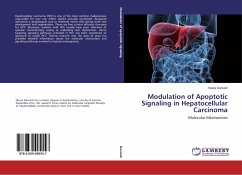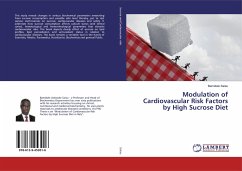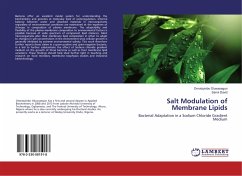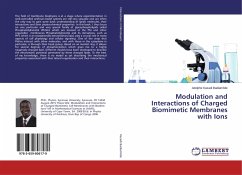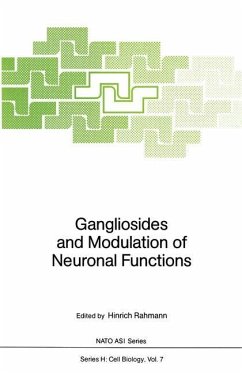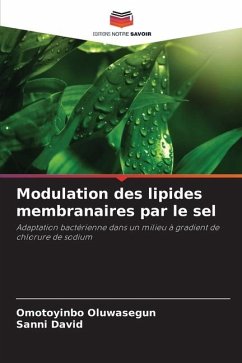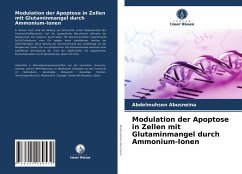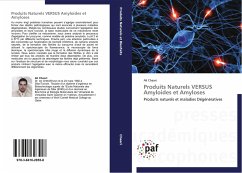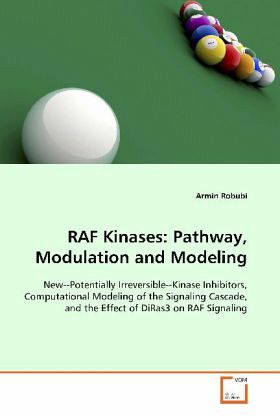
RAF Kinases: Pathway, Modulation and Modeling
New--Potentially Irreversible--Kinase Inhibitors, Computational Modeling of the Signaling Cascade, and the Effect of DiRas3 on RAF Signaling
Versandkostenfrei!
Versandfertig in 6-10 Tagen
32,99 €
inkl. MwSt.

PAYBACK Punkte
16 °P sammeln!
The Ras/RAF/MEK/ERK cascade is a central cellular signal transduction pathway involved in cell proliferation, differentiation, and survival where RAF kinases are pivotal kinases implicated in cancer.The development of specific irreversible kinase inhibitors is a rewarding but difficult aim. A novel synthetic approach including a lyophilization step allowed us the synthesis of a diphenyl urea compound with an epoxide moiety (compound 1). Compound 1 possessed inhibitory activity in vitro. In cell culture experiments, a strong activation of the RAF signaling pathway was observed, an effect which ...
The Ras/RAF/MEK/ERK cascade is a central cellular signal transduction pathway involved in cell proliferation, differentiation, and survival where RAF kinases are pivotal kinases implicated in cancer.
The development of specific irreversible kinase inhibitors is a rewarding but difficult aim. A novel synthetic approach including a lyophilization step allowed us the synthesis of a diphenyl urea compound with an epoxide moiety (compound 1). Compound 1 possessed inhibitory activity in vitro. In cell culture experiments, a strong activation of the RAF signaling pathway was observed, an effect which is known from several other RAF kinase inhibitors and is here reported for the first time for a diphenyl urea compound.
Furthermore, we developed a mathematical model of the Ras/RAF/MEK/ERK cascade demonstrating how stimuli induce different signal patterns and thereby different cellular responses, depending on the ratio between B-RAF and C-RAF.
Additionally the effect of the tumor suppressor DiRas3 (also known as Noey2 or ARHI) on RAF signaling was studied. I could show that DiRas3 down-regulates the mitogenic pathway by inhibition of MEK.
The development of specific irreversible kinase inhibitors is a rewarding but difficult aim. A novel synthetic approach including a lyophilization step allowed us the synthesis of a diphenyl urea compound with an epoxide moiety (compound 1). Compound 1 possessed inhibitory activity in vitro. In cell culture experiments, a strong activation of the RAF signaling pathway was observed, an effect which is known from several other RAF kinase inhibitors and is here reported for the first time for a diphenyl urea compound.
Furthermore, we developed a mathematical model of the Ras/RAF/MEK/ERK cascade demonstrating how stimuli induce different signal patterns and thereby different cellular responses, depending on the ratio between B-RAF and C-RAF.
Additionally the effect of the tumor suppressor DiRas3 (also known as Noey2 or ARHI) on RAF signaling was studied. I could show that DiRas3 down-regulates the mitogenic pathway by inhibition of MEK.



